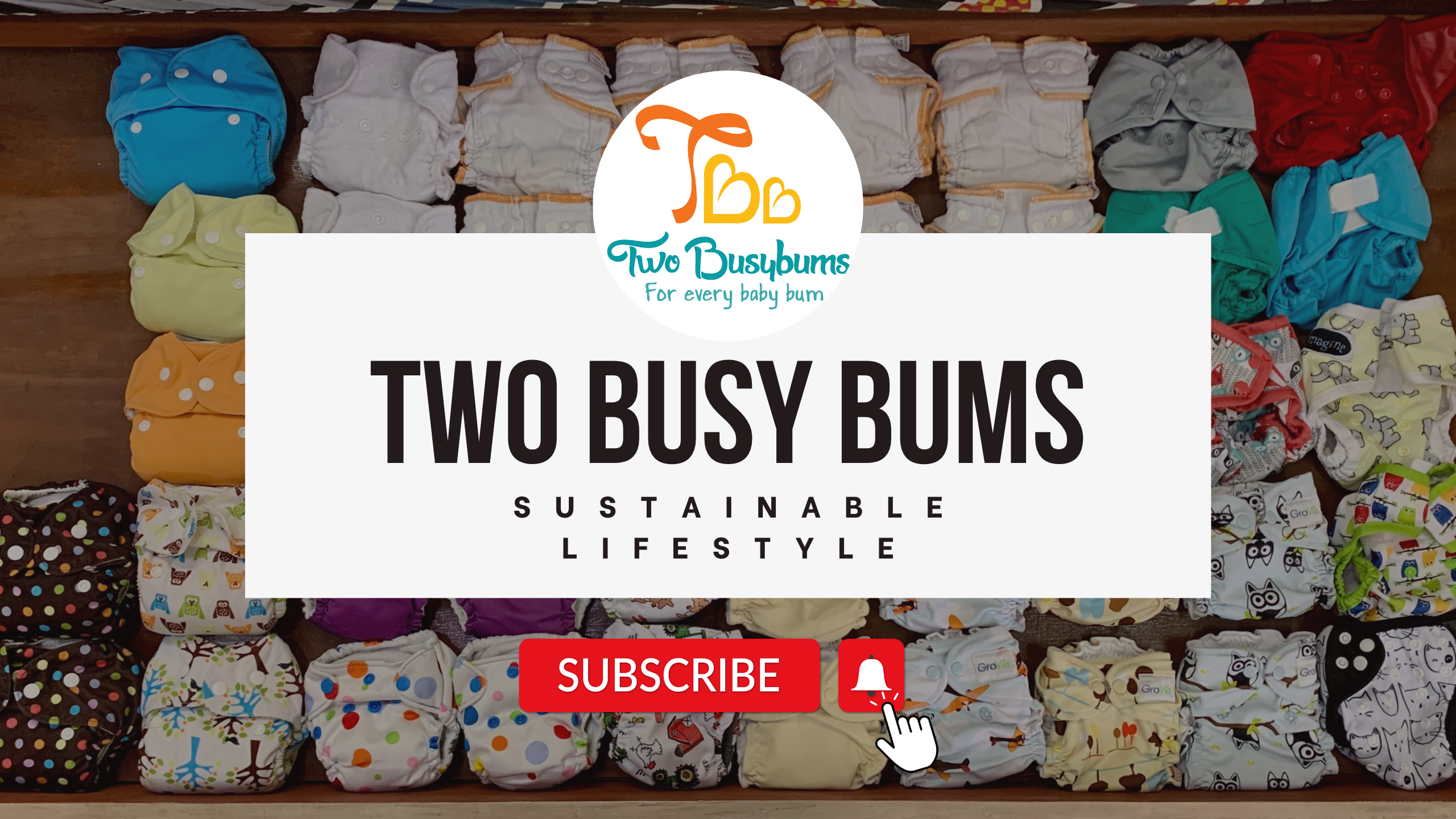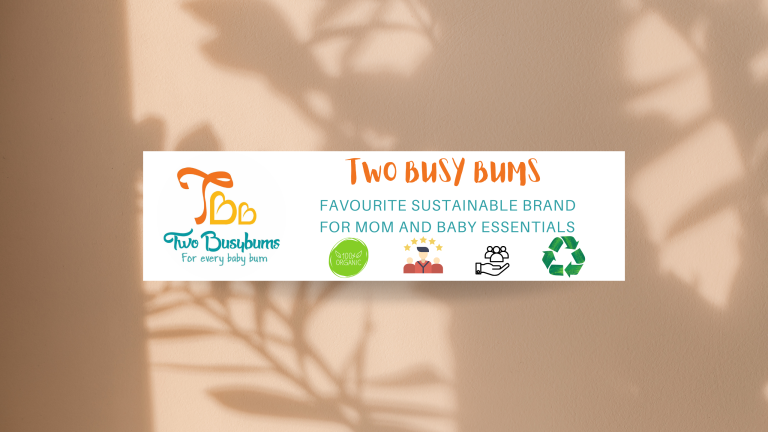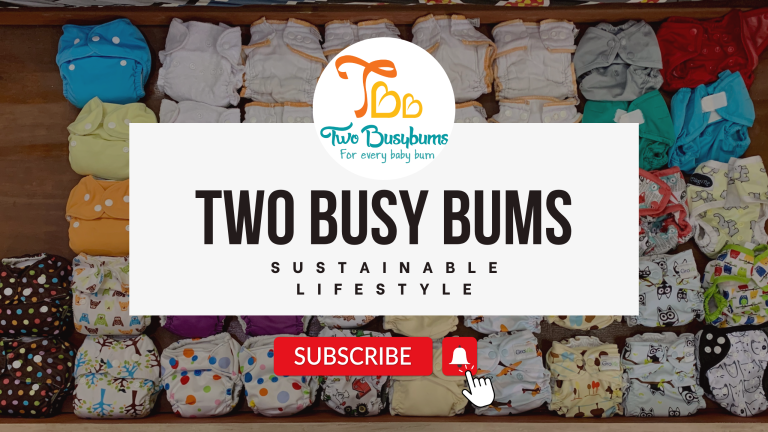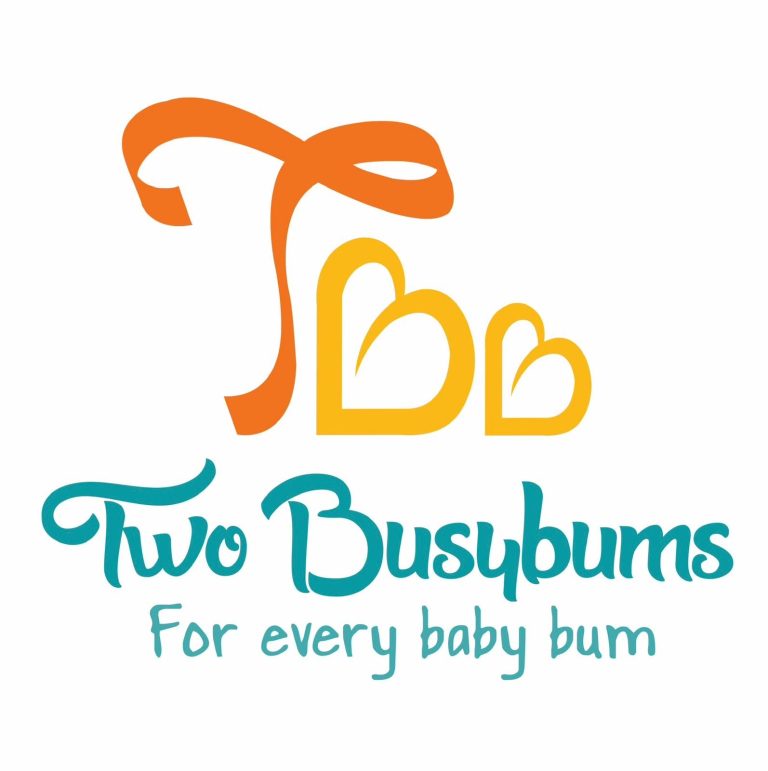A Beginner’s Guide to Cloth Diapering

Getting Started with Eco-Friendly Baby Care
Introduction:
Cloth diapering is gaining popularity as a sustainable and cost-effective choice for parents. Making the switch might seem daunting, but with the right information and a little preparation, it can be a rewarding and eco-friendly experience for both you and your baby.
1. **Understanding Cloth Diapers:**
– **Types of Cloth Diapers:** Research the various types, including prefolds, fitted diapers, pocket diapers, and all-in-ones. Each has its own features and benefits.
– **Materials:** Learn about the different materials used, such as cotton, bamboo, or hemp, to choose what suits your preferences and values.
2. **Building Your Cloth Diaper Stash:**
– **Start Small:** Begin with a few diapers of different styles to see what works best for you and your baby before committing to a larger stash.
– **Accessories:** Stock up on essentials like diaper covers, inserts, and liners. Having enough will ensure you’re well-equipped for diaper changes.
3. **Prepping Your Cloth Diapers:**
– **Washing Routine:** Familiarize yourself with the washing instructions for your chosen cloth diapers. Prepping them before use is crucial to enhance absorbency.
– **Breaking in Natural Fibers:** Natural fibers like cotton and hemp may require several washes to reach their full absorbency potential. Be patient during this process.
4. **Establishing a Diapering Routine:**
– **Frequency:** Understand your baby’s diapering needs and plan a routine. Cloth diapers generally need to be changed more frequently than disposables.
– **Nighttime Solutions:** Research overnight options to keep your baby dry and comfortable during longer stretches.
5. **Dealing with Diaper Rash:**
– **Breathability:** Cloth diapers can help reduce diaper rash due to their breathable nature. However, it’s essential to change diapers promptly and use diaper-safe creams if needed.
6. **Handling Dirty Diapers:**
– **Storage:** Decide on a method for storing dirty diapers, whether it’s a wet bag or a diaper pail with a liner.
– **Cleaning Routine:** Develop a cleaning routine, including pre-rinsing and washing. Using a diaper sprayer can make dealing with solid waste easier.
7. **Joining the Cloth Diapering Community:**
– **Online Forums and Groups:** Connect with other cloth diapering parents for advice, tips, and support. Online communities provide valuable insights and troubleshooting help.
8. **Troubleshooting Common Issues:**
– **Leaks and Fit:** Address common issues like leaks and ensure a proper fit. Adjusting the snaps or inserts might be necessary.
Conclusion:
Embarking on the cloth diapering journey requires some initial effort, but the long-term benefits for both your baby and the environment make it worthwhile. By understanding the basics, building a suitable diaper stash, and incorporating eco-friendly practices, you can confidently embrace cloth diapering as a positive choice for your family.
Tags
What do you think?
Related Articles

Guide for Cloth diapering at night
Excerpt:
“Embarking on the journey of nighttime cloth diapering requires a strategic approach to ensure both comfort and dryness for your baby. Choosing the

Eco Friendly Products and its benefits in regular life
“Welcome to the world of Sustainable Parenting, where conscious choices extend beyond practices to include eco-friendly products that shape a healthier future for your family

Embracing Cloth diapering: A Sustainable and Practical Choice for Modern Parents
Cloth diapering has evolved into a practical and environmentally conscious choice for modern parents. From cost savings to reduced environmental impact and potential health
